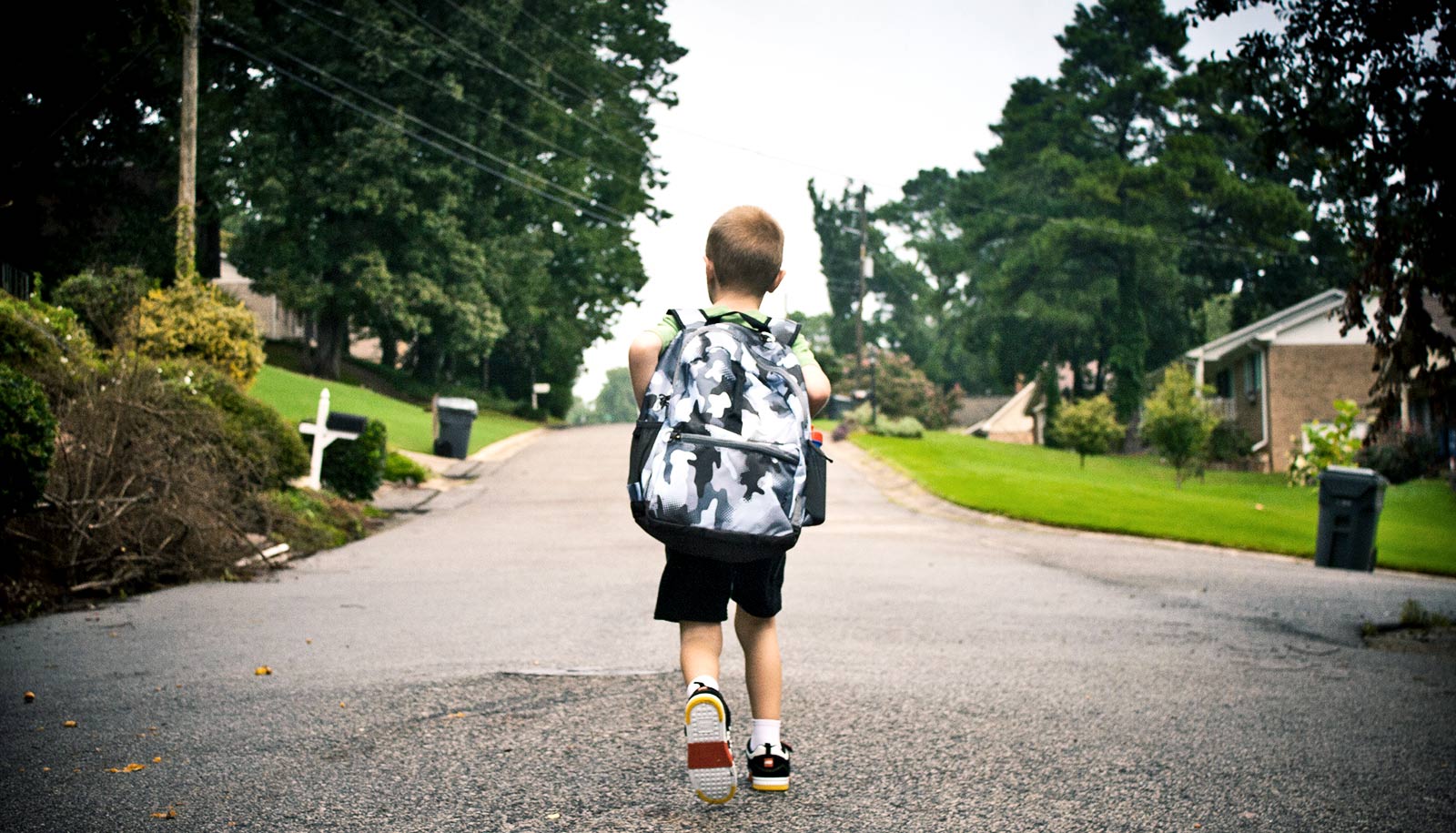There is less fighting among young people in countries where there is a complete ban on all corporal punishment of children, according to a new study of more than 400,000 youth in 88 countries.
The findings report 31 percent less physical fighting in young men and 42 percent less physical fighting in young women compared to countries where laws permit corporal punishment both at school and at home.
In countries where there is a partial ban on corporal punishment (such as in Canada, the United States, and the United Kingdom—where corporal punishment is not banned at home), the level of violence in young men is similar to that in countries with no bans, while the level of violence in women is lower (at 56 percent).
Previous studies have shown a clear relationship between childhood spanking and a host of negative outcomes later on ranging from aggression to mental health problems. In this case, however, the researchers caution that they see an association rather than a causal relationship between legal bans on corporal punishment and violence in youth.
What’s going on at home?
“All we can say, at this point, is that countries that prohibit the use of corporal punishment are less violent for children to grow up in than countries that do not,” says lead study author Frank Elgar of McGill University’s Institute for Health and Social Policy.
“At this point we are simply taking a stratospheric view of the issue at an international level and note the correlation. To be able to show an effect of bans on youth violence, we will need to go back in 4-8 years after more data has been collected. We will also need to ask children and youth more questions about what’s going on at home, something that researchers have typically been shy to do,” Elgar says.
The researchers note two takeaways from the study:
- Frequent fighting was generally more common in young men (close to 10 percent) than in young women (about 3 percent).
- Fighting varied widely from one country to the next ranging from under 1 percent in Costa Rican young women to close to 35 percent in Samoan young men.
Associations between corporal punishment and youth violence remained, even after potential confounders were taken into account such as per capita income, murder rates, and parent education programs to prevent child maltreatment.
Number of fights
Researchers used data that the World Health Organization Health Behaviour in School Aged Children (HBSC) study and the Global School-Based Health Survey (GSHS) athered from adolescents in 88 countries around the world.
Youth responded to survey questions at varying ages about how often they got into fights. The researchers correlated the information with data from each country about the prohibition of corporal punishment.
Researchers grouped countries into several categories: those with a complete ban on the use of corporal punishment at home and in schools (30 countries, the majority of which are in Europe, as well as a smaller number in Latin America, Asia, and Africa); those with a ban in schools but not in the home (38 countries, including China, the US, UK, and Canada); and those with no ban on corporal punishment (20 countries, including Myanmar and the Solomon Islands).
The research appears in BMJ Open.
The Canadian Institutes for Health Research, the Social Sciences and Humanities Research Council, and the Canada Research Chairs Program funded the work.
Source: McGill University



